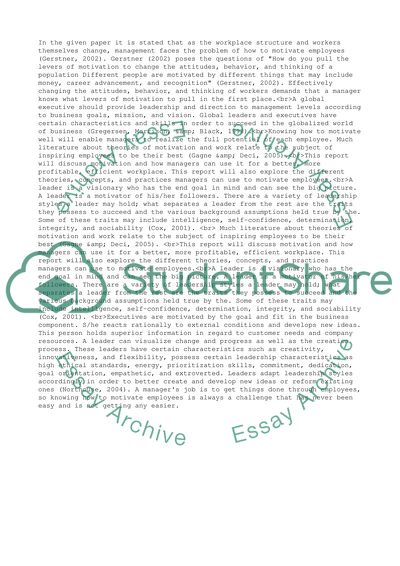Cite this document
(Building Systems that Learn on a Large Scale Research Paper, n.d.)
Building Systems that Learn on a Large Scale Research Paper. Retrieved from https://studentshare.org/management/1515928-management-and-motivation
Building Systems that Learn on a Large Scale Research Paper. Retrieved from https://studentshare.org/management/1515928-management-and-motivation
(Building Systems That Learn on a Large Scale Research Paper)
Building Systems That Learn on a Large Scale Research Paper. https://studentshare.org/management/1515928-management-and-motivation.
Building Systems That Learn on a Large Scale Research Paper. https://studentshare.org/management/1515928-management-and-motivation.
“Building Systems That Learn on a Large Scale Research Paper”, n.d. https://studentshare.org/management/1515928-management-and-motivation.


